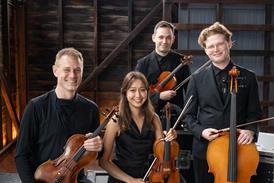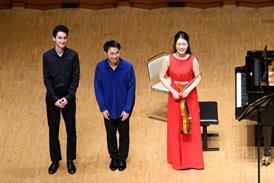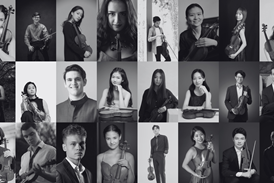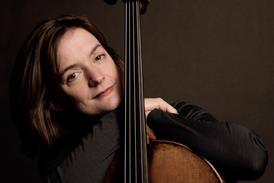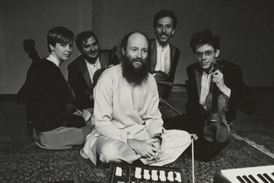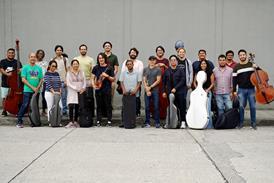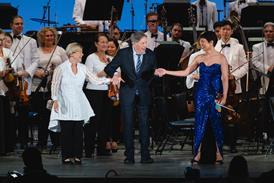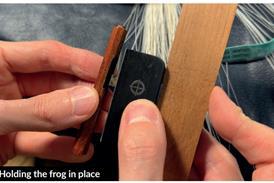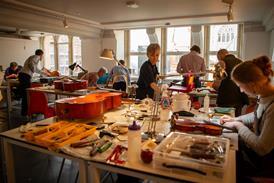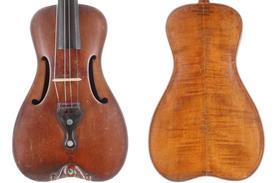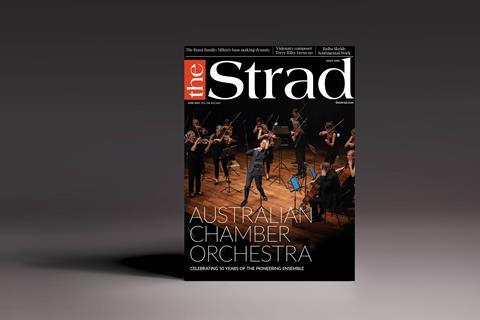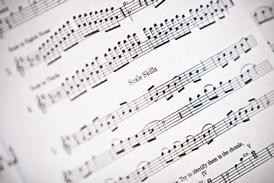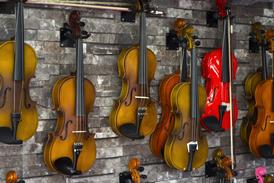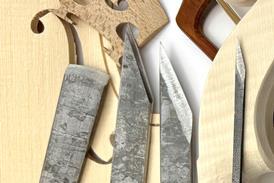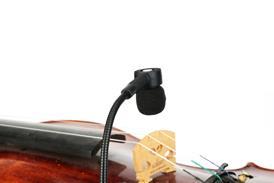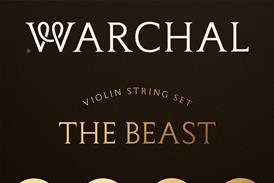Lutherie
-
 Premium ❘ Feature
Premium ❘ FeatureTrade Secrets: Tips for tricky bow rehairs
Practical techniques to overcome common challenges in bow rehairing
-
 Premium ❘ Feature
Premium ❘ FeatureMaking Matters: A Manchester project to repair and upcycle instruments
Helen Michetschläger reports on a project to repair old, damaged instruments so they can be used by Manchester schoolchildren, rather than just be thrown away
-
 Premium ❘ Feature
Premium ❘ FeaturePatent pending: instrument innovations in the 18th century
The 18th century saw an explosion in creativity from inventors trying to find the ‘next big thing’ in stringed instrument innovation. Rachael Durkin examines some of the artefacts from the dawn of the industrial age
-
 Premium ❘ Feature
Premium ❘ FeatureMy Space: Bruno Stefanini’s Bologna workshop
The maker presents his workshop in Bologna, where he has worked as a luthier for over 40 years
-
 Premium ❘ Feature
Premium ❘ FeatureIn Focus: An 1859 violin by Gulbrand Enger
Jens Stenz takes a look at the Danish maker’s 19th-century instrument
-
 Premium ❘ Article
Premium ❘ ArticleAuction Report June 2025: Mysteries, masterpieces and memorabilia
Kevin MacDonald examines an eclectic array of lots at the London spring sales, where some fascinating curiosities found buyers
-
 Premium ❘ Feature
Premium ❘ FeatureBottesini’s bass makers: the Rossi family
The development of the double bass in 19th-century Milan owed a lot to the Rossi family. Thomas and George Martin investigate the lives of its members, and the innovations they brought to double bass design
-
 Premium ❘ Feature
Premium ❘ FeatureTrade Secrets: Replacement of pearl eyes in a bow
Sarah Bystrom shares a method for a common task in bow restoration that respects the intention and style of the maker
-
 Premium ❘ Feature
Premium ❘ FeatureMy Space: Wai Yong Tham’s Singapore workshop
Explore the home workshop near the centre of Singapore
-
 Premium ❘ Feature
Premium ❘ FeatureMaking Matters: Masonic symbols on 19th-century French bows
The frogs on 19th-century French bows feature several common motifs that recur in the work of several makers. Michel Samson shows how they correspond to the principles of Freemasonry
-
 Premium ❘ Feature
Premium ❘ FeatureIn Focus: A 1753 viola by Carlo Antonio Testore
Sean Bishop takes a look at a relatively rare example of an 18th-century Italian viola
-
 Premium ❘ Feature
Premium ❘ FeatureLeading the way: the ‘Baron d’Erlanger’ Guarneri ‘del Gesù’ violin 1732
Guarneri ‘del Gesù’ made the 1732 ‘Baron d’Erlanger’ violin near the start of his most productive period. Florian Leonhard explores how it shows the maker’s early style and reveals the history of its most famous owner
-
 Premium ❘ Feature
Premium ❘ Feature‘To my surprise I found it to be a splendid Strad’ - From the Archive: April 1925
In his recently published memoir, the Scottish instrument dealer David Laurie (1833–97) recalls finding a Stradivari cello in the attic of one of his friends, and obtaining it for a song
-
 Premium ❘ Feature
Premium ❘ FeatureIn Focus: A 1923 violin by Michael Dötsch
Rainer Michael Cocron examines an early 20th-century instrument by the German maker
-
 Premium ❘ Feature
Premium ❘ FeatureDual accomplishments: the makers of Markneukirchen
The workshops of Markneukirchen and its environs made thousands of violins per year – but many were crafted by true artisans. Bruce Babbitt explains how these violins became the basis for a new book and exhibition charting their evolution
-
 Premium ❘ Feature
Premium ❘ FeatureTrade secrets: External crack repair using silk
Sharon Que provides an innovative solution to a common – and tricky – repair problem
-
 Premium ❘ Feature
Premium ❘ FeatureMy Space: Bernhard Ritschard’s Lübeck workshop
Take a look around the northern German shop
-
 Premium ❘ Feature
Premium ❘ FeatureHard and fast rules: tonewood selection
What should luthiers look for when selecting spruce for their next violin top? Jiri Povolny examines the variables and discovers some useful guidelines to take out the guesswork
-
 Premium ❘ Feature
Premium ❘ FeatureMaking Matters: Making instruments with tulipwood
A case of mistaken identity left luthier Sibylle Ruppert with a batch of untested tulipwood – but a few experiments showed its high potential for instrument making
-
 Premium ❘ Feature
Premium ❘ FeatureFranz Geissenhof: the Viennese Stradivari
Franz Geissenhof’s instruments have always been highly regarded, but how far was he influenced by his Cremonese predecessor? Rudolf Hopfner compares a typical Geissenhof violin with Stradivari’s work to find out

